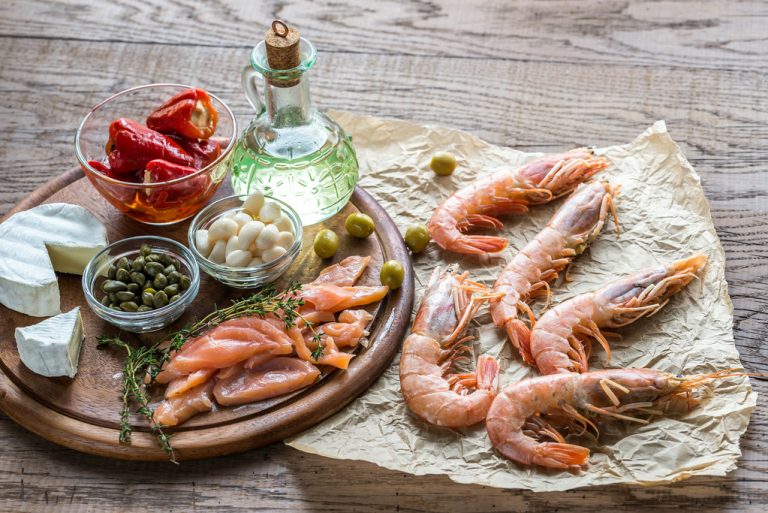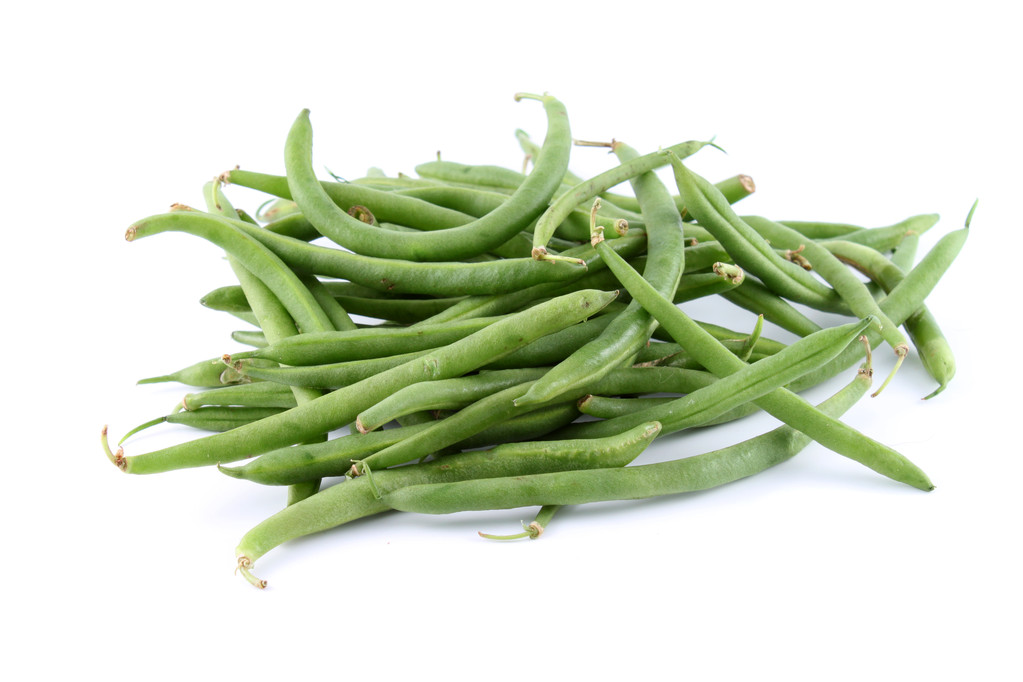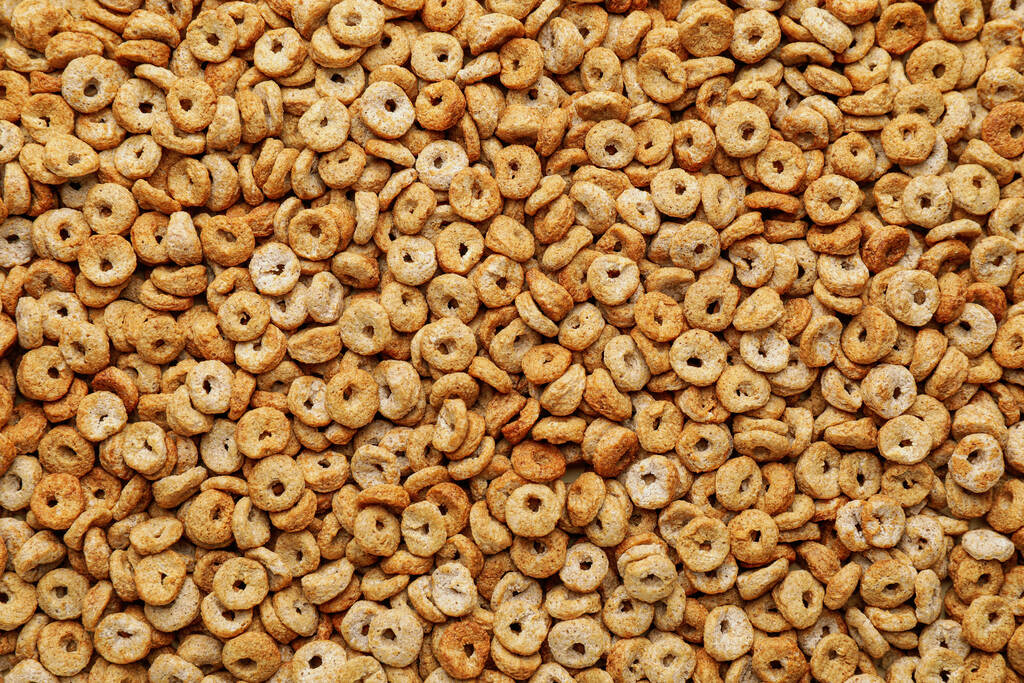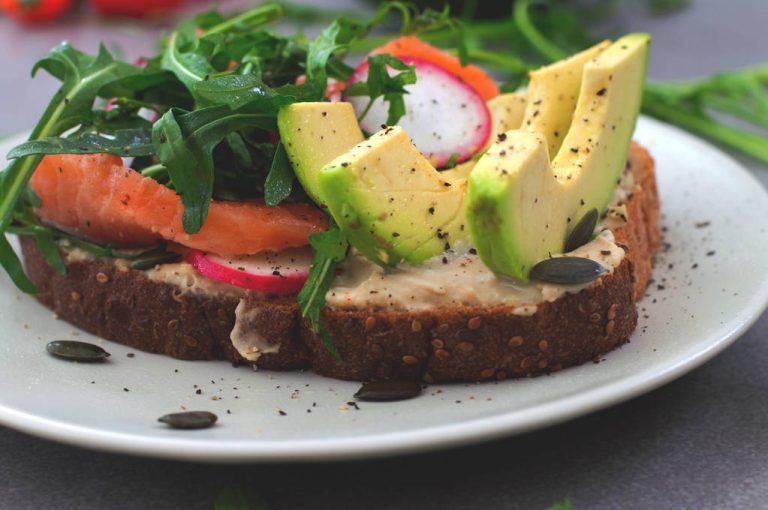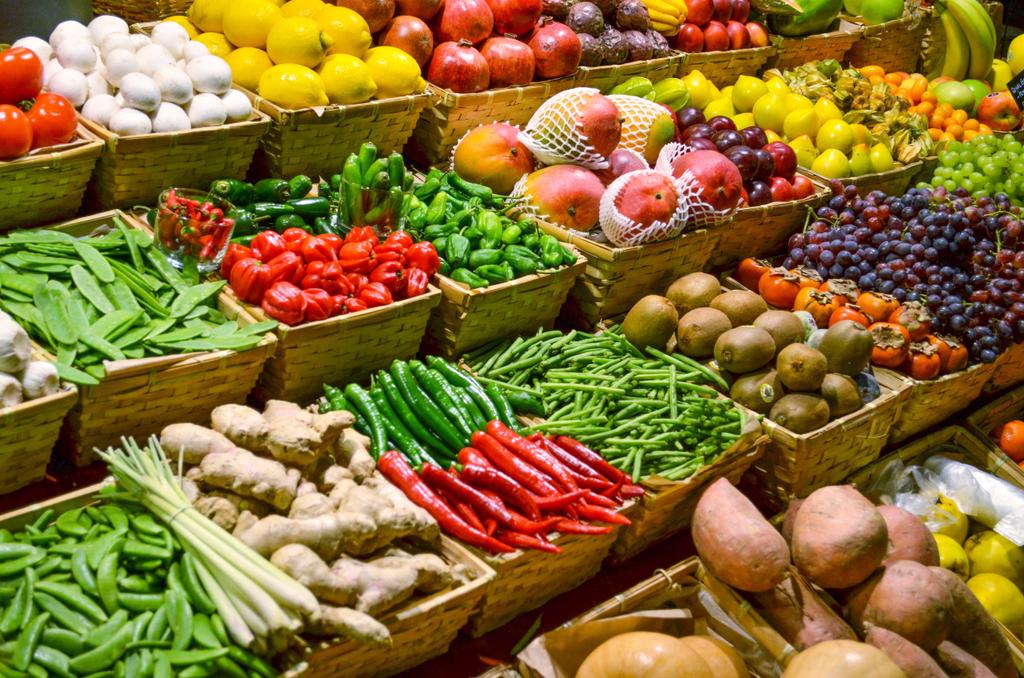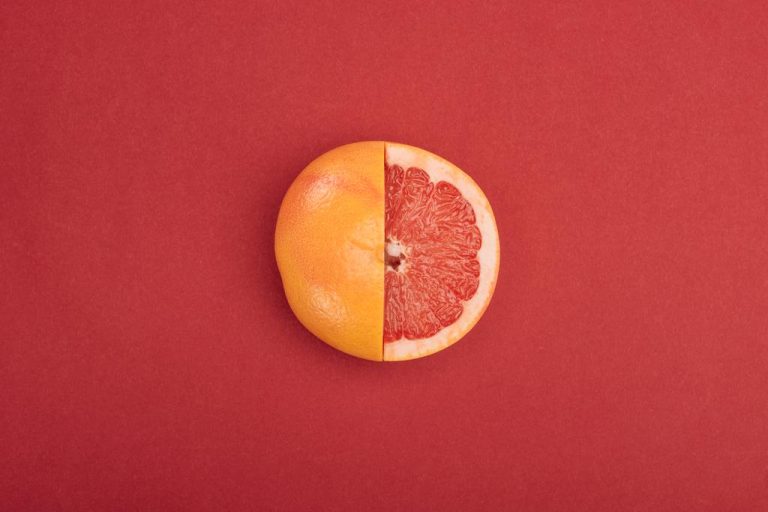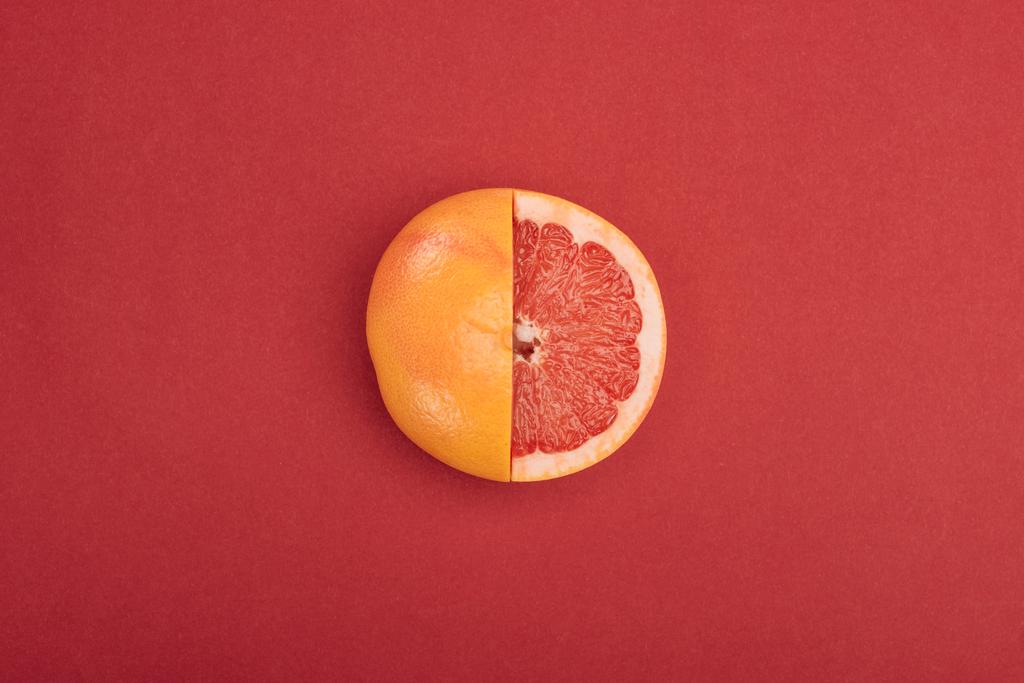Researchers have found in a new study that an especially early breakfast reduces the risk of developing type 2 diabetes.

Study on diabetes prevention: The investigations delivered the desired result
The Endocrine Society – an international medical organization concerned with endocrinology and metabolism in general – has published a press release on a study. The study was able to establish a connection between type 2 diabetes prevention and an early first meal of the day.
A study on the subject was conducted by senior physician Marriam Ali at Northwestern University in Chicago
Insulin resistance occurs when the body is no longer able to properly use the insulin produced by the pancreas. In addition, the glucose from food can then no longer penetrate the cells as well. People with insulin resistance are at a higher risk of developing type 2 diabetes than people whose bodies are optimally processing insulin.
Metabolic diseases are becoming an increasing problem in society
“With the rise in metabolic diseases such as diabetes, we want to expand our understanding of what diets can address this growing problem.”
To do this, the researchers evaluated the data from 10,575 adults who had taken part in the National Health and Nutrition Examination Survey. The participants divided them into three groups: people who ate for only 10 hours a day, those who ate for 10 to 13 hours, and those who ate more than 13 hours a day. They then divided them into six smaller groups based on the time the first meal of the day was eaten (before or after 8:30 am).
The researchers wanted to investigate whether insulin resistance and blood sugar levels in the body were lower when the subjects had breakfast before 8:30 a.m. In addition, they analyzed whether it also had a positive effect on insulin resistance and blood sugar levels if the subjects had practiced intermittent fasting.
The eating intervals turned out to be irrelevant: the timing of breakfast is crucial
The study found that how much of the day meals were eaten made no difference to blood sugar levels. Insulin resistance was slightly higher with shorter eating breaks than with longer ones. However, it was lower overall for all subjects if breakfast was eaten before 8:30 a.m. – regardless of whether they had eaten all of their daily meals within 10 hours, 10 to 13 hours or more than 13 hours. Eating breakfast before 8:30 a.m. has been shown to reduce the risk of developing type 2 diabetes.
“So these findings make it clear that timing is much more closely linked to metabolic parameters than the length of the eating interval,” says Ali, going on to explain that this reinforces the intake from an early breakfast.


